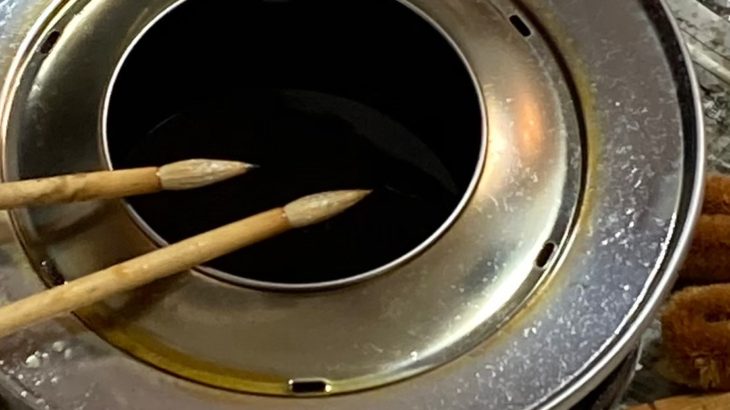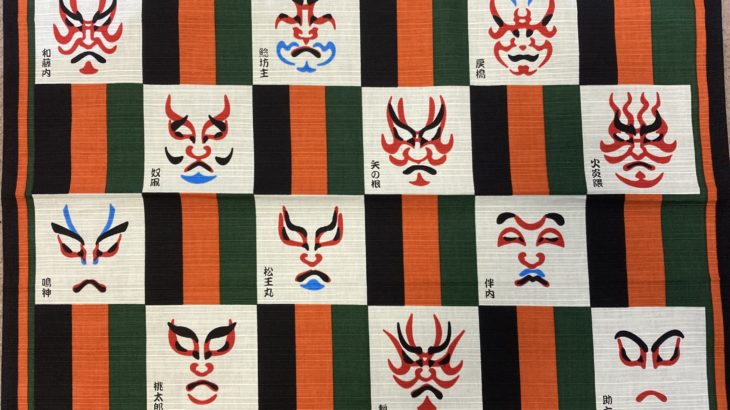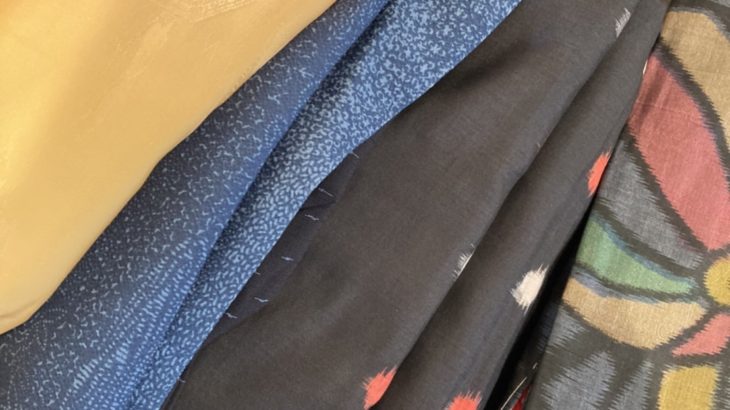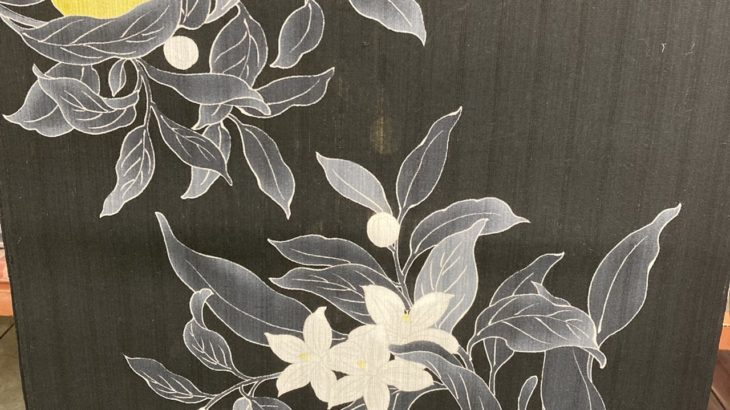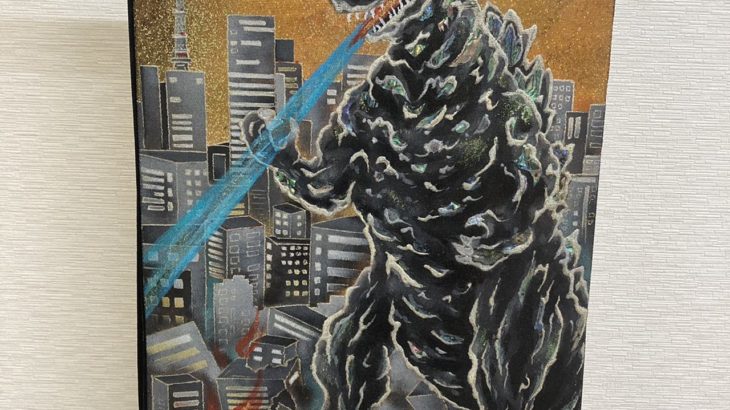Hello, this is Shinji from warashibe-choja.jp. This time, I’d like to talk about Hakata-ori, the fabric of Fukuoka Prefecture, my birthplace. Many kimono fans have at least one piece of Hakata-ori because it is easy to tie and does not fall apart easily. This time, I would like to talk about Hakata Obi, which is loved by both beginners and experts of kimono.
History of Hakata-ori
In 1235, during the Kamakura period (1185-1333), Mitsuta Yasouemon traveled to Song Dynasty (960-1279) in China to learn Danshi weaving and invented floating weaves such as “Tokko” and “Hana-zara” with designs of Buddhist altars.
Kenjyo-Hakata-ori
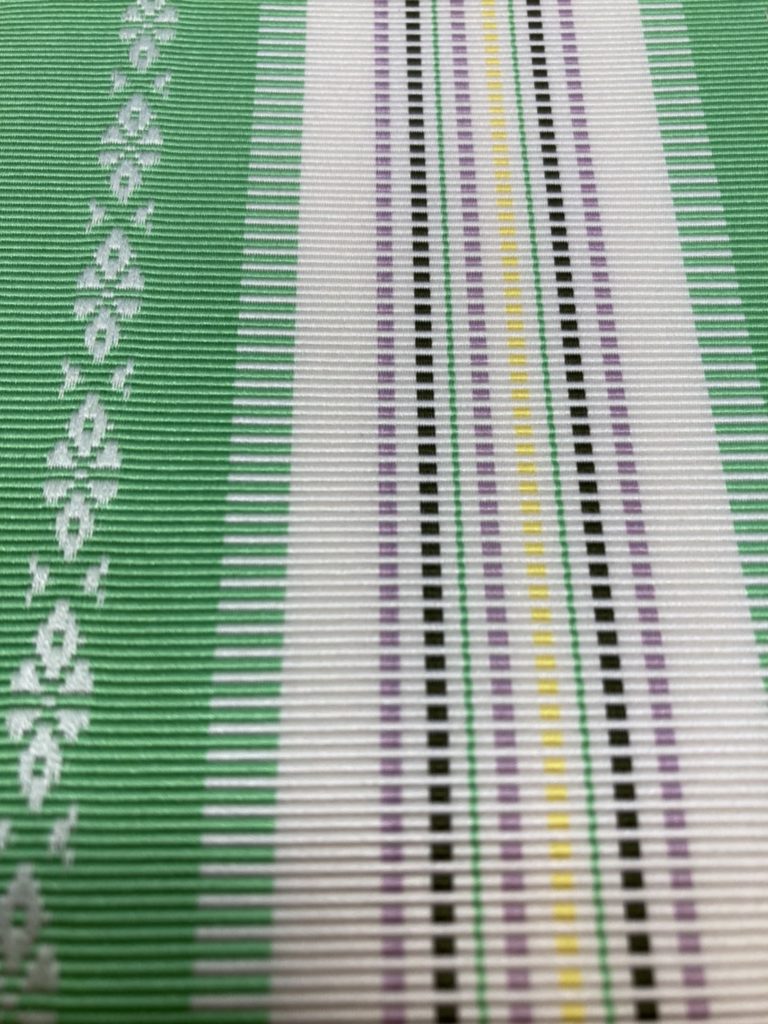
After the Battle of Sekigahara, Hakata-ori entered a new era under the Kuroda Clan and became known throughout Japan. Hakata-ori was chosen as a gift for the Edo shogunate. The pattern chosen was the “Tokko-hana-zara” pattern, the origin of Hakata-ori. In addition, Ichikawa Danjuro VII, a popular Kabuki actor at the time, wore Hakata-ori in his performance of Sukeroku Yukari no Edo Zakura (The Cherry Tree of Sukeroku), which led to the spread of Hakata-ori throughout Japan.
Goshiki-kenjyo
I often find people who say, “Hakata-ori has many similar colors, doesn’t it? In fact, Hakataori has colors that represent the five Confucian moral principles.
Toku” is purple. A color that represents calmness and dignity. It has been revered as a color of nobility and mystery since ancient times.
Jin” is blue. In the five elements of yin and yang, this color represents the east and spring. It represents calmness and tranquility, and is a symbol of peace.
Rei” is red. It means the sun rising in the heavens, and means a righteous heart without falsehood. It is said to be the color of happiness and wealth.
Chi” is dark blue. It represents trust and intellectual impression.
Shin” is yellow. In Yin-Yang and the Five Elements, it represents the color of the earth and the authority of the emperor, and in the past it was considered a color that could not be used.
Hakata Certificate
A certificate is attached to a Hakata obi that has passed the standards set by the Hakata Weaving Industry Association. There are various kinds of certificates, and the gold label often heard in kimono shops is the mark for using more than 50% silk.
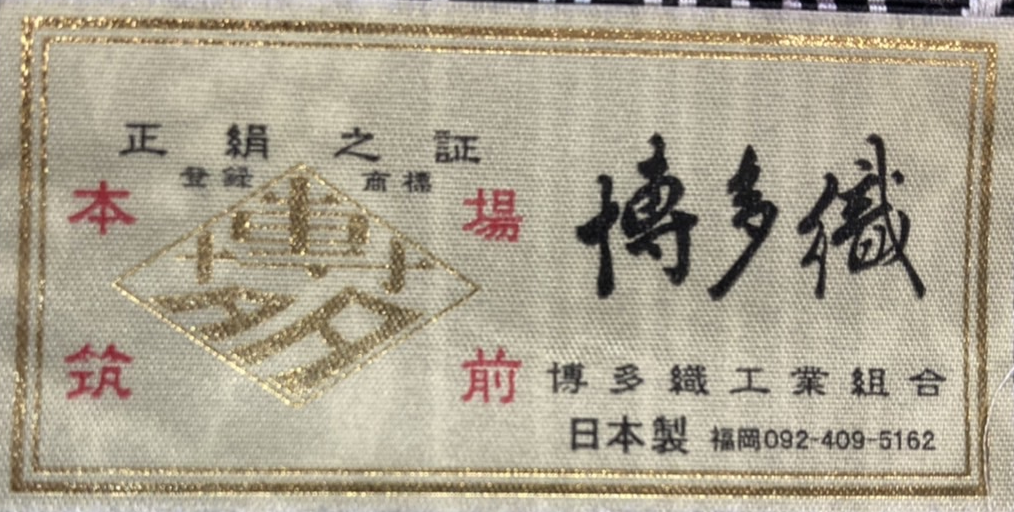
There are also other certificates that can be affixed only to hand-woven products.
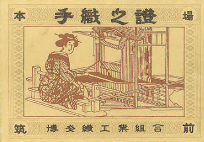
Hakataori was recognized as a traditional industry by the government in 1976.
Products that have passed the more stringent inspections of the Hakataori Industrial Association are marked with a certificate like this.
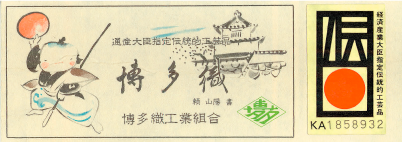
Hakata-Kyuhyokai (= Presentation of Traditional Hakata Weaving )
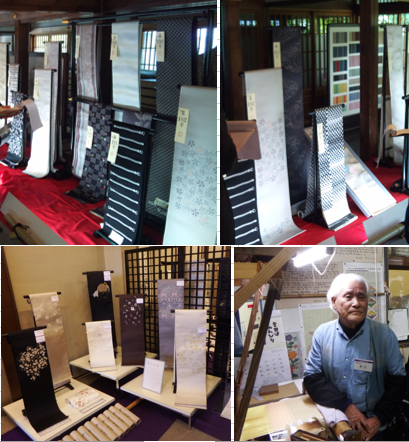
Every year in autumn, Hakata-kyuhyokai is held at a temple in Hakata. I used to go there to judge the works, and there are many interesting works on display, so if you have a chance, please go there, as there is a general selection process.
By the way, many people think that all Hakata-ori obi are Nagoya obi, but there are also Hakata-ori kimono and sack obi. Please visit Kyuhyokai and encounter a variety of Hakata-ori.
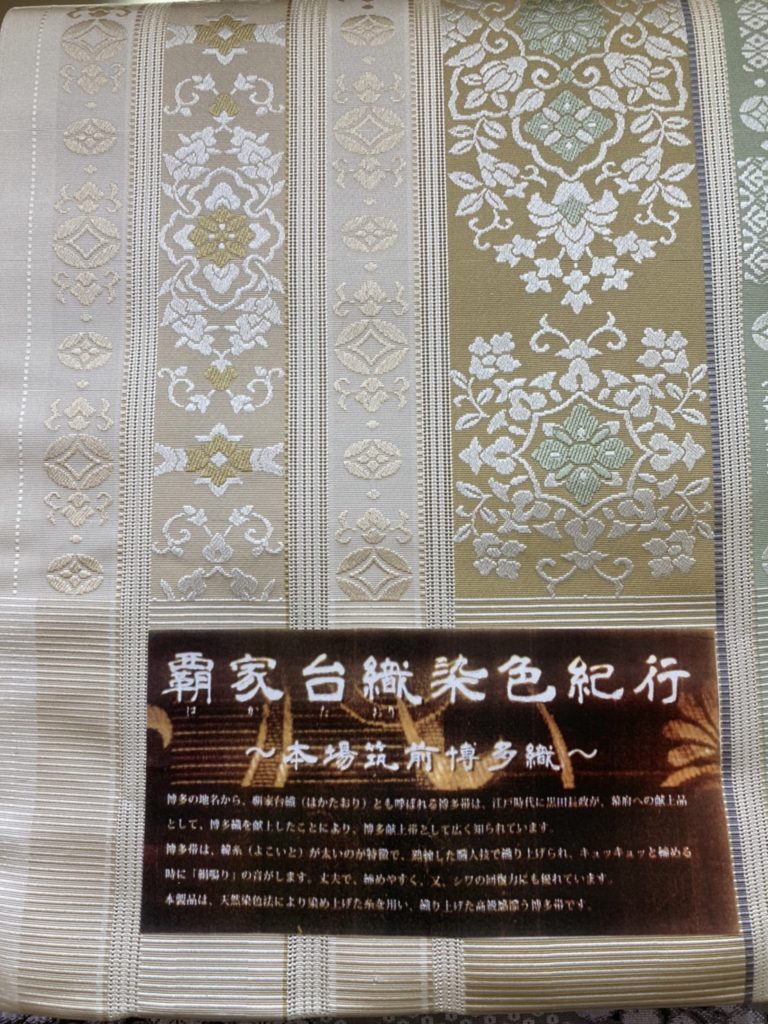
I hope you enjoyed this article on basic knowledge of Hakata-ori.
For explanations of Tokko, Hana-zara, Oyako-shima, Koukou-shima, etc., please refer to the article “Japanese Patterns 2“.
Please take a look at this article as well.
